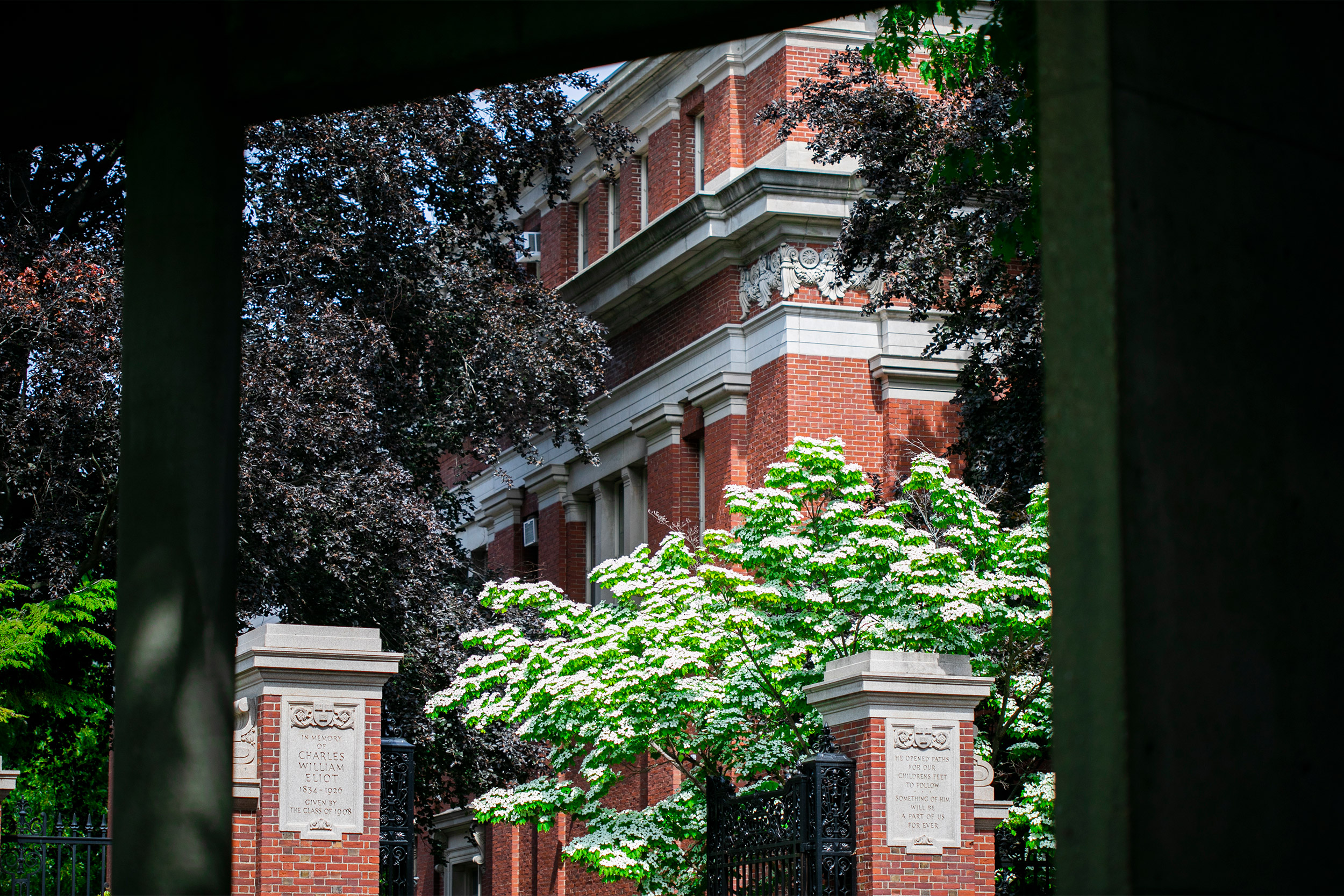
A 2013 gift from James A. Star ’83 established the Star-Friedman Challenge, which supports work by the Faculty of Arts and Sciences.
Stephanie Mitchell/Harvard Staff Photographer
Risk rewarded
Star-Friedman Challenge funds six projects at Harvard
How will the development of new materials make possible the next generation of clean energy? What’s at stake in making artificial intelligence more efficient and cost-effective? Where can we locate the earliest evidence of life in the geological record?
The winners of this year’s Star-Friedman Challenge for Promising Scientific Research are pursuing the answers to these and other questions. Now in its ninth year, the challenge annually awards nearly $1 million in seed funding to Harvard researchers to support exploratory, high-impact projects in the life, physical, and social sciences. Chaired by Catherine Dulac, Higgins Professor of Molecular and Cellular Biology and Lee and Ezpeleta Professor of Arts and Sciences, the faculty review committee convened in March and selected six visionary projects from this year’s impressive wave of research proposals.
The Star-Friedman Challenge was established to support work by the Faculty of Arts and Sciences in 2013 through a generous gift from James A. Star ’83. A subsequent gift from Josh Friedman ’76, M.B.A. ’80, J.D. ’82, and Beth Friedman expanded the scope of the call for proposals to researchers from Harvard Medical School and the Harvard T.H. Chan School of Public Health. Now fully endowed, the challenge aims to empower Harvard’s faculty to pursue ambitious research endeavors for generations to come.
After being hosted virtually in 2020 and 2021, the Star-Friedman Challenge award ceremony will once again take place on campus. The winners will present on their research and field questions from the audience in an event Tuesday in University Hall’s Faculty Room. Keep reading for a brief look at each of these projects — and why they are so important.
New insights into the earliest signs of life on Earth
When did life first evolve on Earth? With the support of the award, Nadja Drabon, assistant professor of Earth and planetary sciences, will look to some of the oldest surviving minerals in the planet’s geological record. Zircons that formed in the Hadean era, more than 4 billion years ago, have been found in only a handful of locations around the world. Drabon intends to collect an unprecedented sampling of these rare minerals from two newly discovered sites in India and South Africa. Analyzing inclusions of carbon isotopes found in the zircons could more firmly date life’s origins on the newly formed Earth and in the process shed more light on the early ocean.
Cracking the code of stomata to advance sustainability, conservation
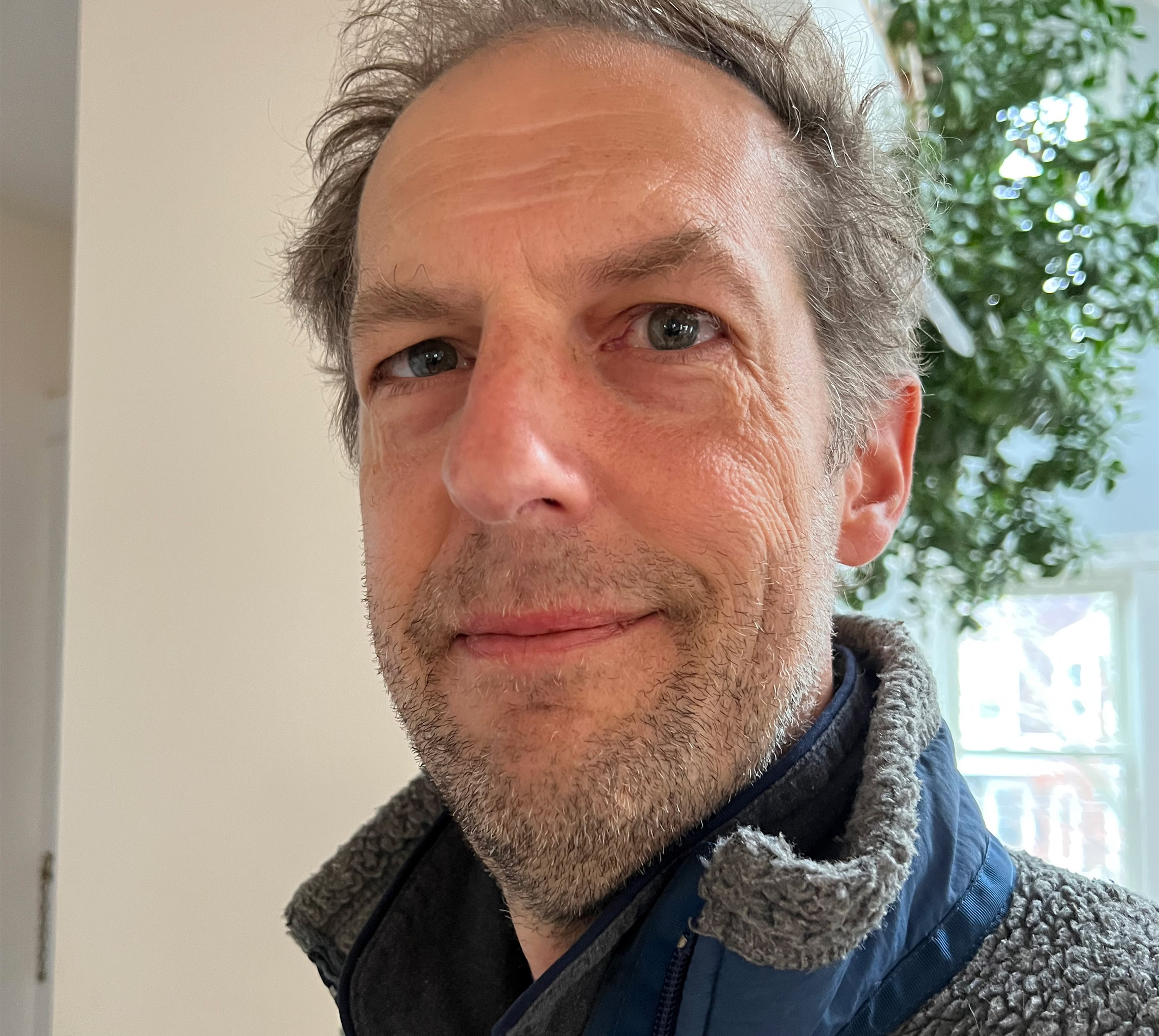
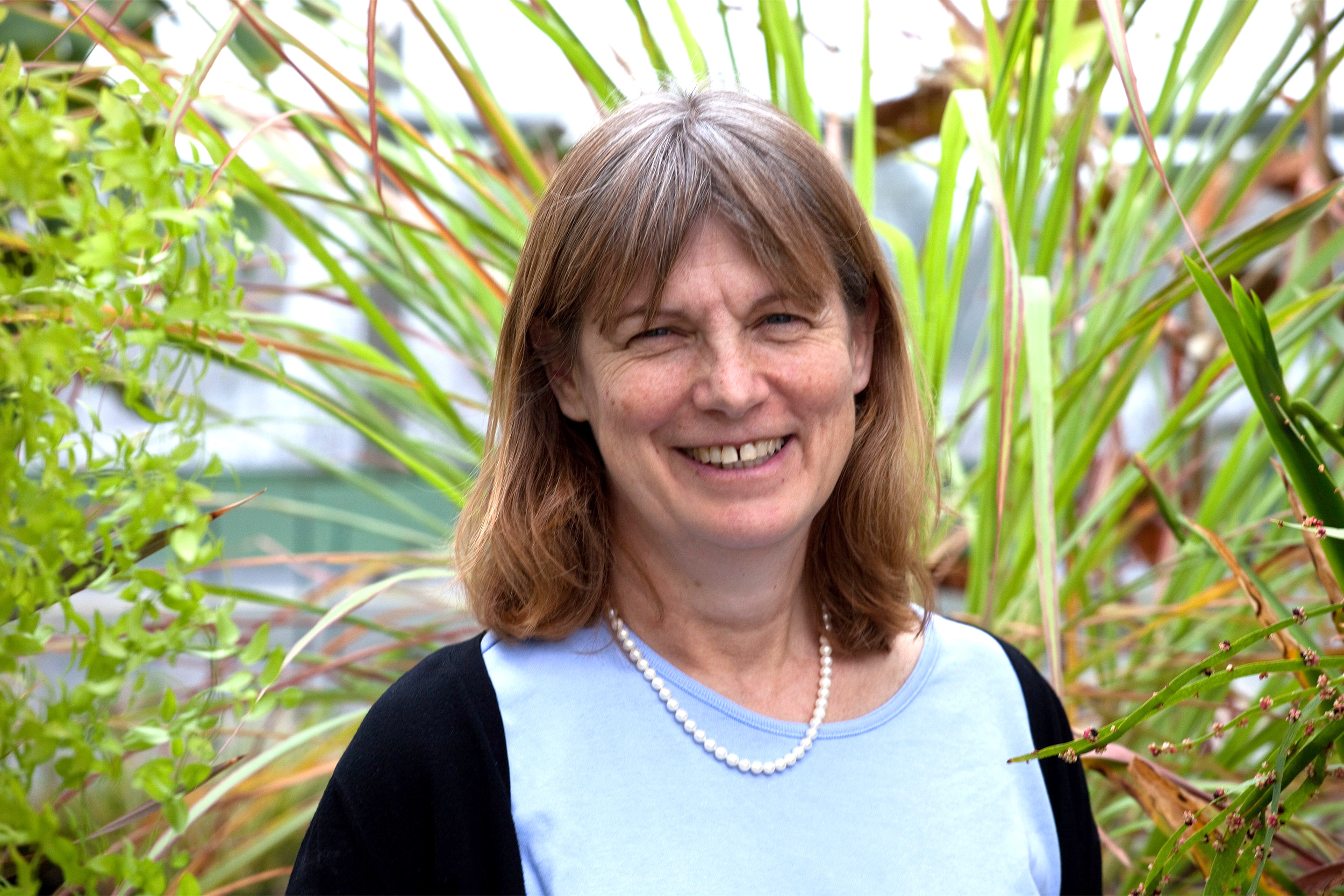
Fulton Rockwell and Noel Michele Holbrook will develop new ways of probing the structure and physiology of individual stomata.
You can’t see them, but on the surface of leaves are millions of tiny pores called stomata that act as gatekeepers of photosynthesis. Noel Michele Holbrook, the Charles Bullard Professor of Forestry and director of the Harvard Forest, and research scientist Fulton Rockwell will develop new ways of probing the structure and physiology of individual stomata. A combination of imaging, confocal microscopy, and 3D pore geometry will enable the construction of realistic models that can detail the relation between surface aperture and pore shape through the leaf surface. Funded by the award, their research could lead to an enhanced understanding of stomatal behavior that has applications ranging from increasing water-use efficiency in crops to modeling land surface responses to a changing climate.
Reimagining a more accessible AI

Artificial intelligence is poised to make our lives dramatically easier, particularly through tasks that involve “seeing,” from accurately reviewing radiology scans, to avoiding car accidents with self-driving cars, to increasing production in agriculture. However, high-quality AI is energy-intensive and prohibitively expensive to build and deploy. What if that could change? Stratos Idreos, associate professor of computer science, intends to use the award to help make high-quality AI broadly accessible by dramatically reducing the number of pixels AI requires for visual comprehension. While JPEG has been the predominant method of storing and processing images for the past three decades, Idreos has found that there are trillions of possible ways, and that choosing the right one can speed up building and deploying AI models. In collaboration with a neuroscience lab at the Harvard Medical School, Idreos will refine this process, with the ultimate goal of making the new methods openly available.
Next-generation electrolytes — seeking new paths to clean energy and medical advances

The electrochemical conversion of gas molecules (such as carbon dioxide, oxygen, and hydrogen) to other chemical species plays an important role in many sustainable energy technologies. The research groups of Jarad Mason, assistant professor of chemistry and chemical biology, and Daniel Nocera, Patterson Rockwood Professor of Energy, will collaborate to design microporous liquids capable of transporting high concentrations of gas molecules in aqueous electrolytes for catalytic conversion reactions. Mason’s group will synthesize the new materials, and the Nocera Group will evaluate their catalytic performance. With the support of the Star-Friedman award, this research not only aims to make critical progress in clean energy, but also has numerous potential medical applications, including organ preservation, tissue growth, wound healing, and resuscitative medicine.
Studying regeneration to improve reproductive health
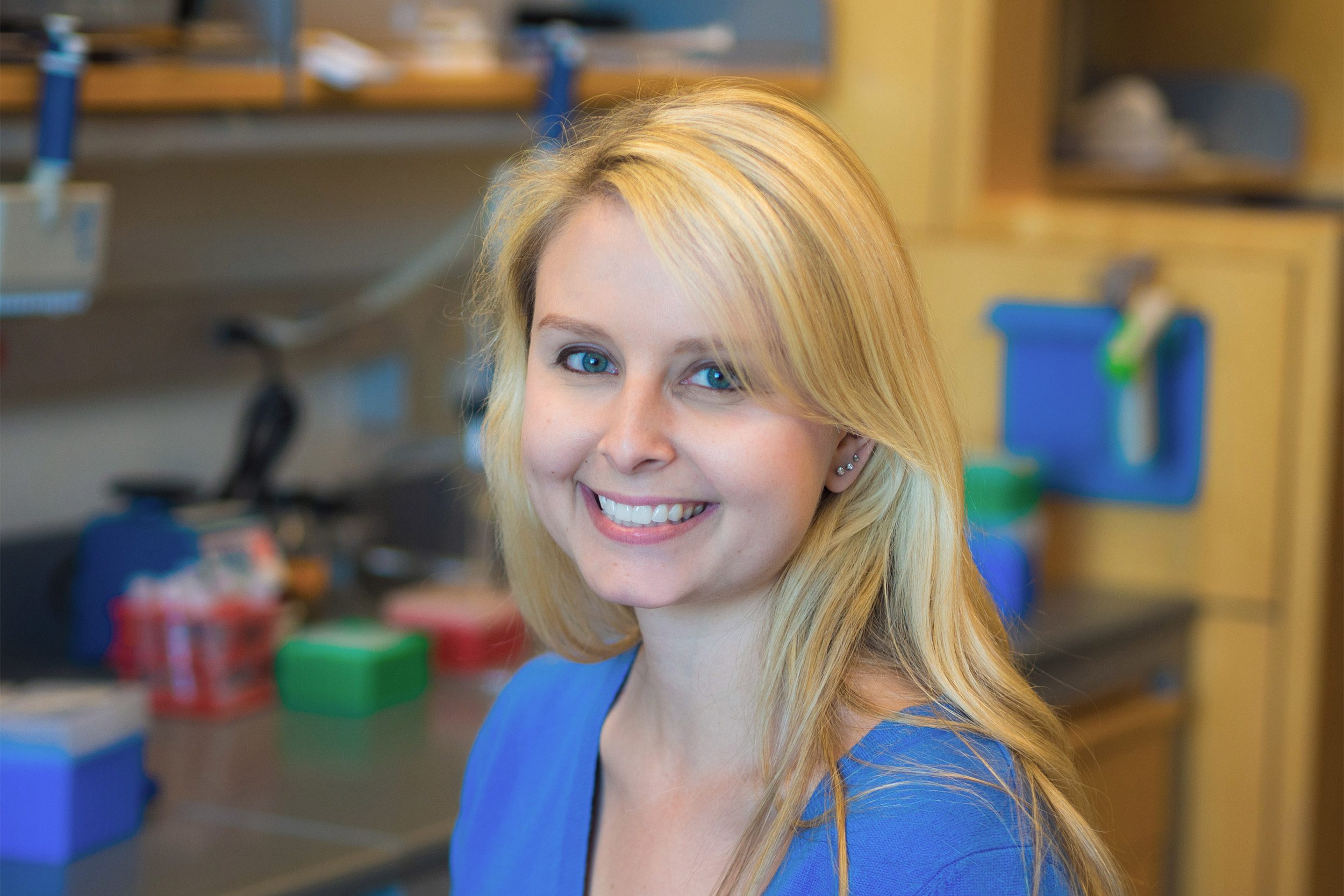
The lining of the uterus regenerates 400 times throughout a reproductive lifespan. Still, medical science has a limited understanding of how this rapid tissue repair occurs at the cellular level and how trauma or disease can disrupt the endometrium’s regenerative ability. With the award in hand, Kara McKinley, assistant professor of stem cell and regenerative biology, will use live microscopy to directly observe these processes at work. Her lab is using the Cairo spiny mouse — one of the few mammal species known to menstruate — as a tractable in vivo model. This research could shed new light on diseases such as endometriosis, adenomyosis, and endometrial cancer, and ultimately help inform new therapeutic strategies.
Seeking next-generation painkillers through new brain science imaging
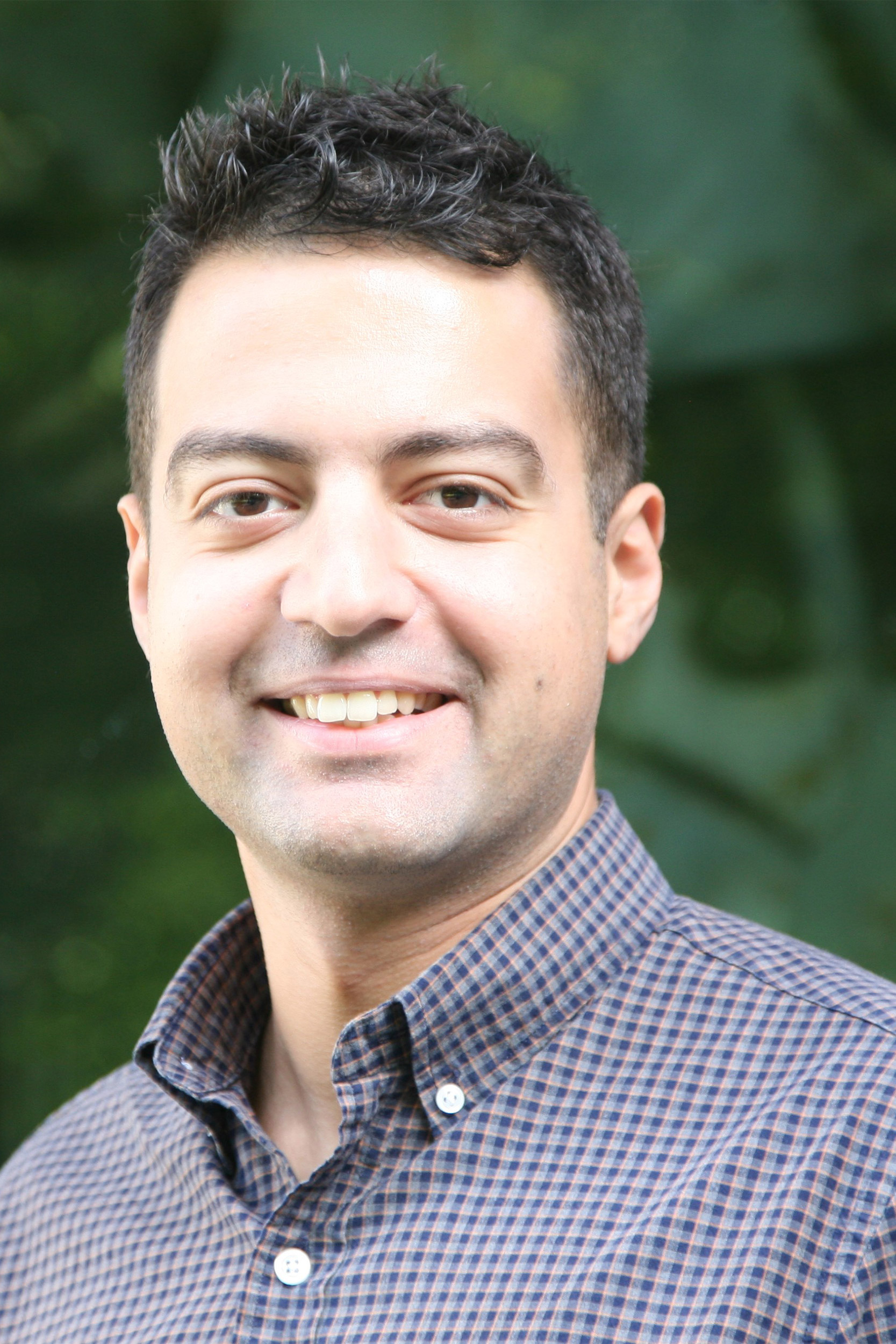
Misuse of addictive painkillers has claimed more than half a million lives in the U.S. in the past decade. One roadblock to the development of nonaddictive analgesics is limited knowledge of opioid-driven cell signaling in neurons. Maxim Prigozhin, assistant professor of molecular and cellular biology and of applied physics, has developed a new super-resolution imaging method that, by freezing of cells after stimulation, allows his lab to map out the waves of protein interactions triggered by various opioids. By obtaining a nanoscale view of this complex interplay, Prigozhin hopes to use the funding from the award to move medicine closer to a next generation of analgesics.




